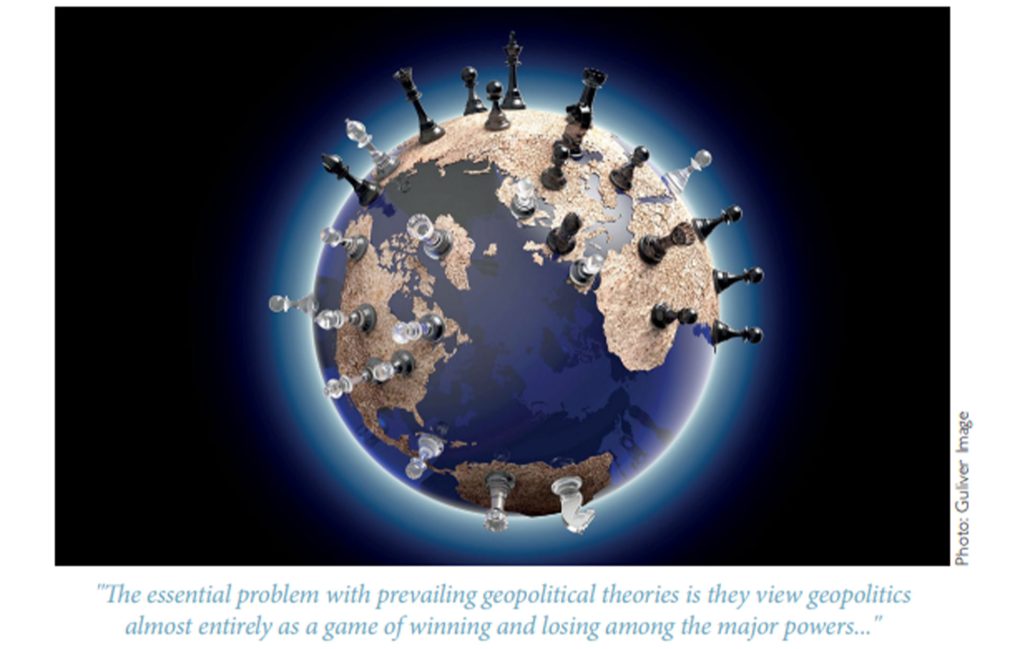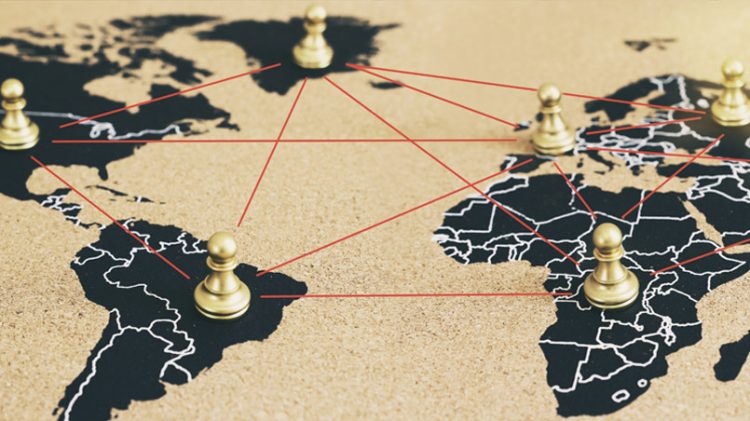Introduction: The Return of Geopolitics
The 21st century has been marked by the resurgence of geopolitics. After the Cold War, many envisioned a unipolar world dominated by the United States. Yet today, the rise of China, the assertiveness of Russia, the strategic autonomy of the European Union, and the growing influence of middle powers have created a multipolar order. This transition has reshaped global competition, alliances, and conflicts in ways that demand careful analysis.
This essay explores the evolution of multipolar geopolitics through three dimensions: historical shifts, regional case studies, and future scenarios.
Part I – Historical Context: From Bipolarity to Multipolarity
1.1 Cold War Bipolarity
- U.S.–Soviet rivalry defined international politics from 1945 to 1991.
- Clear division of blocs, ideological confrontation, nuclear deterrence.
1.2 Unipolar Moment (1991–2008)
- U.S. dominance after the Soviet collapse.
- NATO expansion, globalization, and liberal order promotion.
- Wars in the Middle East tested U.S. power projection.
1.3 Transition to Multipolarity (2008–Present)
- China’s rise as an economic and military powerhouse.
- Russia’s resurgence under Putin with assertive foreign policy.
- EU as a regulatory superpower, shaping global standards.
- Regional powers (India, Turkey, Brazil) increasing their strategic weight.
Part II – Regional Case Studies in Strategic Competition
2.1 U.S.–China Rivalry in the Indo-Pacific
- Trade disputes and technological competition in AI, 5G, and semiconductors.
- Military tensions in the South China Sea and around Taiwan.
- U.S. alliances (QUAD, AUKUS) as counterbalance strategies.
2.2 Russia and the Reconfiguration of Europe
- 2014 annexation of Crimea and the war in Ukraine reshaped European security.
- NATO’s revival and expansion (Finland, Sweden).
- Energy geopolitics: Europe reducing reliance on Russian gas.
2.3 Middle East: Strategic Crossroads
- Competition for influence among Saudi Arabia, Iran, Turkey.
- External actors (U.S., Russia, China) vying for footholds.
- Energy security and the geopolitics of oil transitions.
2.4 Africa and Latin America: Emerging Geopolitical Arenas
- Africa: resource competition, Chinese Belt and Road projects, U.S. countermeasures.
- Latin America: ideological divisions, strategic importance of lithium and rare earths.

Part III – Key Features of Multipolar Competition
3.1 Fragmented Power Structures
- Unlike bipolarity, multipolarity lacks clear dividing lines.
- Issue-based coalitions (climate change, digital governance) replace fixed blocs.
3.2 Technological Geopolitics
- 5G, AI, quantum computing as tools of power.
- Cybersecurity and information warfare shaping global influence.
3.3 Economic Interdependence and Rivalry
- Global supply chains link adversaries together.
- Sanctions, decoupling, and trade blocs reconfigure globalization.
3.4 Security Dilemmas and Arms Competition
- Renewed nuclear concerns.
- Expansion of space and cyber domains as arenas of competition.
Part IV – Future Scenarios
4.1 Cooperative Multipolarity
- Great powers manage competition through dialogue.
- Global institutions adapt to power shifts (e.g., G20 reform, UN restructuring).
4.2 Competitive Multipolarity
- Persistent regional conflicts and arms races.
- Fragmented globalization with rival tech ecosystems.
4.3 Crisis-Driven Realignments
- Pandemics, climate disasters, or financial crises accelerate cooperation or conflict.
- Multipolarity remains unstable, shifting with each global shock.
Conclusion: Navigating a Multipolar Century
The 21st century is defined by strategic competition without clear boundaries. Multipolarity offers opportunities for shared leadership but also risks instability. Unlike the structured Cold War order, today’s world is marked by fluid alliances, technological rivalries, and regional flashpoints.
To navigate this era, nations must adapt with flexible strategies, balancing competition with cooperation. The challenge is to prevent multipolarity from descending into chaos while harnessing its diversity for collective progress.
















































